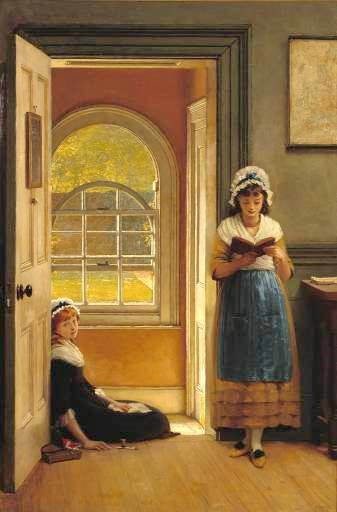Think-Pair-Share in Reading Instruction: Is it Effective?
Teacher Question:
Our reading coach has encouraged all of our teachers to use a lot of the “think-pair-share” reading strategy. I’m an upper elementary grade teacher. Is “think-pair-share” research based?
Shanahan responds:
This seems like such a straightforward question, but it has been tying me in knots for days. It all depends on what you mean by “research based.”
You might be asking me whether there is there any empirical evidence showing that if you use “think-pair-share” in your classroom your kids will end up with higher reading achievement by the end of the year. If that is the question, then my answer is a decided no. That has not even been studied as far as I can determine.
However, if your question is, “Is there any evidence that think-pair-share will do what its proponents say it will—that is increase student interaction, increase the likelihood of right answers, encourage students to elaborate their oral responses—then I can say there is a small amount of research supporting the practice.
When kids get the opportunity to discuss something with a partner before responding to a teacher question all of those positive outcomes have been seen in the primary grades in reading and in the upper grades with second-language learners.
It is possible that the long-term benefit of such elaborated talk would be better reading comprehension eventually, but at this point there is no such evidence.
A couple of years ago I was observing reading classes across a low-income suburban school district here locally. In this particular school I was sitting in on a couple of kindergarten classes right in a row. I don’t know if it was just luck of the draw or whether the principal had encouraged the teachers to deliver the same lesson, but I got to see two versions of the same listening comprehension session.
In the first class, the teacher read a section of a book to the children gathered at her feet, and followed each segment with some questions that she aimed at particular kids. Pretty direct—but not very engaging. I was struggling to stay awake by the end.
Then I was squired to the next classroom, and was distressed to see the same book, the same arrangement of kids on the carpet… “Yikes,” I thought, “staying awake for another half hour is going to be unbearable.”
Again, the teacher read a segment, asked a question… but this teacher asked the kids to discuss it with their partners… They jabbered away for a moment or two and then were eager to respond to the teacher. And, boy, did they respond… with better answers, more text evidence, and even some questions of their own.
The lesson proceeded that way for the rest of the period, and I thought it was delightful. The kids seemed to enjoy it far more than their peers down the hall, and the text discussion was both livelier and deeper in an informational sense.
I’m not suggesting that your fourth-graders would respond to think-pair-share with the same enthusiasm shown by these young’uns, but just before the end of the school year, I was in Montana teaching some middle school classes. Admittedly, those 12- and 13-year-olds weren’t as exuberant as the 5-year-olds that I’d observed, but they still were more engaged—and seemed to draw more out of the texts—when they had those kinds of opportunities for interaction.
I think there are other good ways to make that happen as well, but think-pair-share can provide some immediate payoffs without too much of a teacher investment. Perhaps someone out there will consider doing an experimental study of the impact of such discussions on long-term learning when compared to more usual teacher-student interaction patterns (like initiate-respond-feedback). At this point, I can’t tell you think-pair-share leads to higher reading scores--it is possible, but unproven, but there is good reason to believe that it can help you to run a classroom well enough that you can do the kinds of things that research has found to positively impact reading achievement.
Please discuss with your partners.







Comments
See what others have to say about this topic.